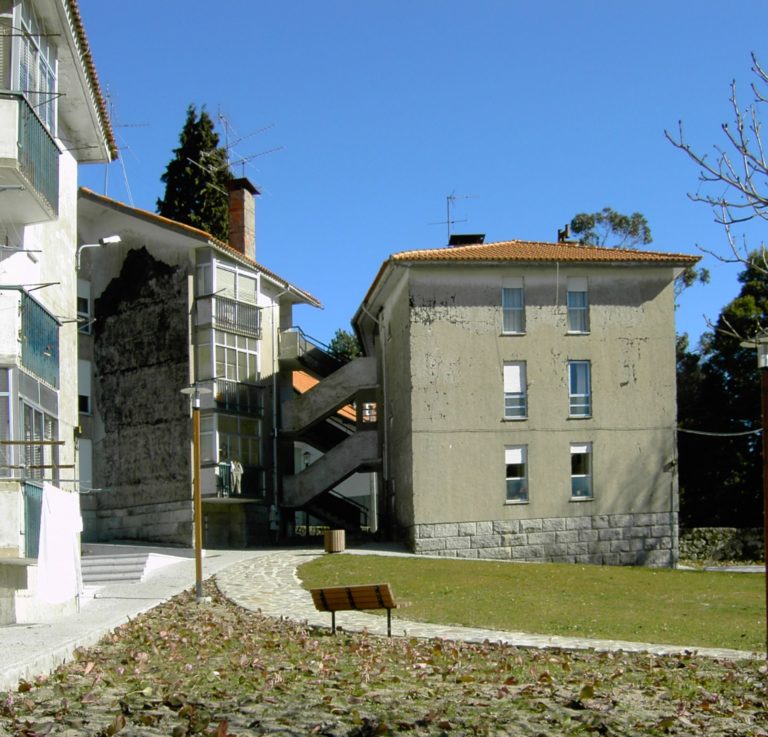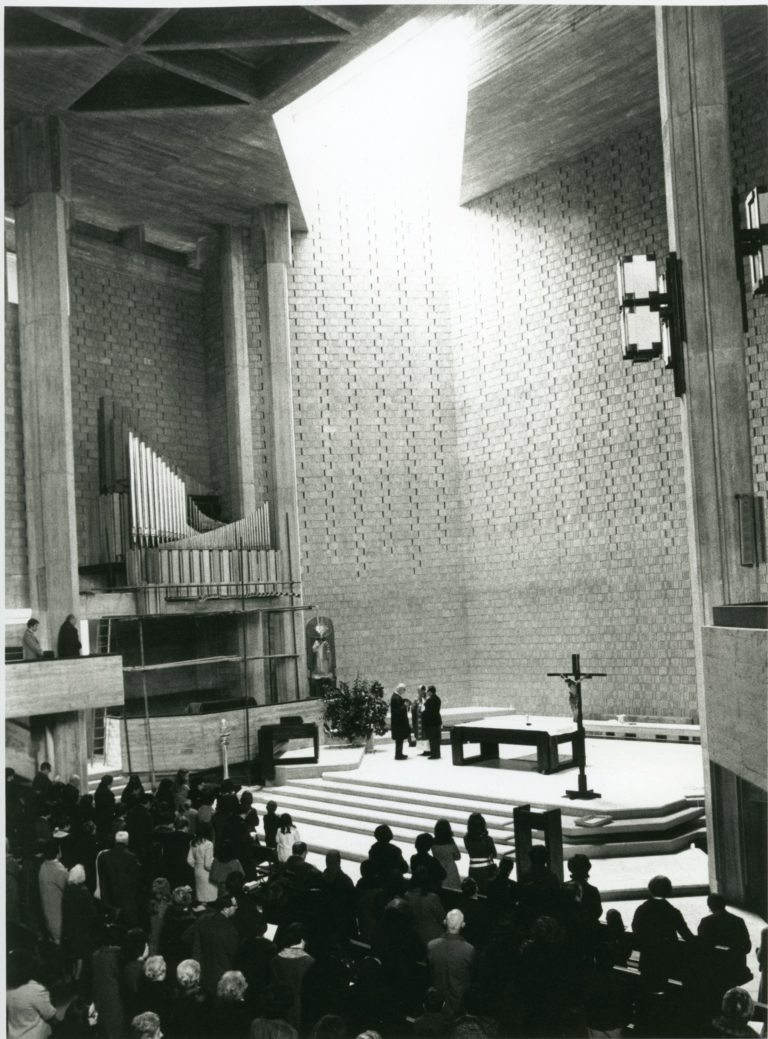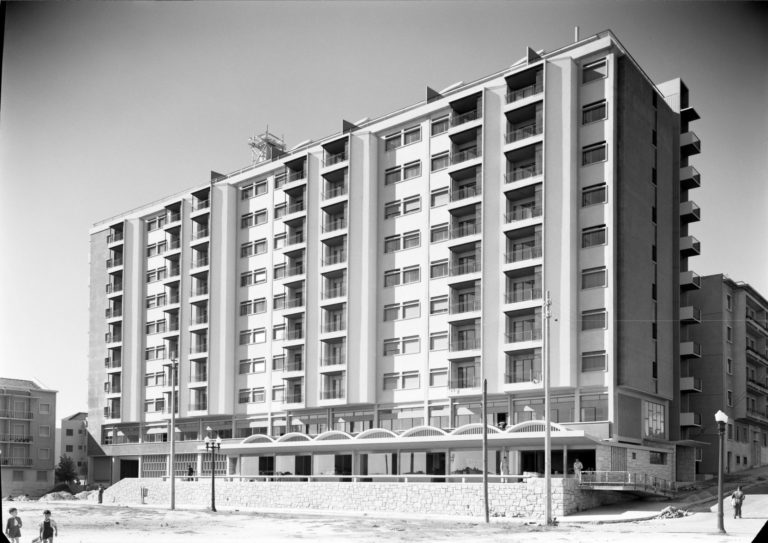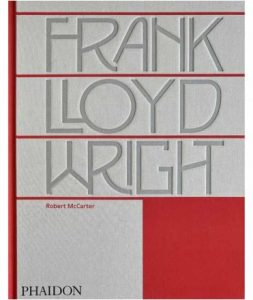Abstract
The research that we presently put forward as a doctorate thesis departed from a hypothesis set in questioning canonical assumptions of Portuguese architecture as an essentially empirical and intuitive practice. This hypothesis suggests that the maturity inherent to some of the key works of the second half of the twentieth century is not independent from a theoretical structuring that has developed uniquely in the 1960s, and which freely allows for a dialogue in harmony with international debate. Crucial to the initial intuition from which this hypothesis stemmed was an issue of the Spanish magazine Hogar y Arquitectura (no. 67, 1968), assessing the work of Portuguese architects born between 1920 and 1940. The critical reviews contextualizing their work, penned by Nuno Portas (1934) and Pedro Vieira de Almeida (1933-2011) lay bare, in their different methodological proposals, a new take on architectural criticism. In both, the descriptive and accessorial nature of illustrative text is put aside, giving way to an intellectual construction gifted with relative autonomy or operationality. From these architects¿ written, projected and constructed oeuvre, encapsulated in their formative and early professional years, we have tried to establish the conductors of an eminently theoretical discourse to be unveiled in theses, collective or unifamiliar housing, applied research, critical/historiographical texts, urban planning, etc., fostering with their parallel development a pattern of contamination. The relationship between theory and praxis has revealed itself a complex dialectics that this work sought to respect: there is no attempt at reading design as a direct reflection of a theoretical body, nor the latter as validation of the former; each presents its own logic and coherence, in spite of their interdependency. Considering both authors¿ multifaceted activity, this research adopted a methodology split between archival investigation, project analysis, theoretical inquiry and historical contextualization. Without exhausting itself in one single aspect, the thesis mirrors nevertheless all these research paths. Organized in a more theme-oriented rather than chronological way, the body of work is divided into four main parts/chapters, its core subject being the understanding of space in its direct, daily, human and social experience. The four parts/chapters concentrate on theory exposed in academic output and coeval atelier training; on research done concerning architectural program, particularly collective housing and religious equipment; on the implementation of a new criticism and historiography for architecture, and on the ways of thinking the city, in its processual and morphological aspects.
Access the thesis













